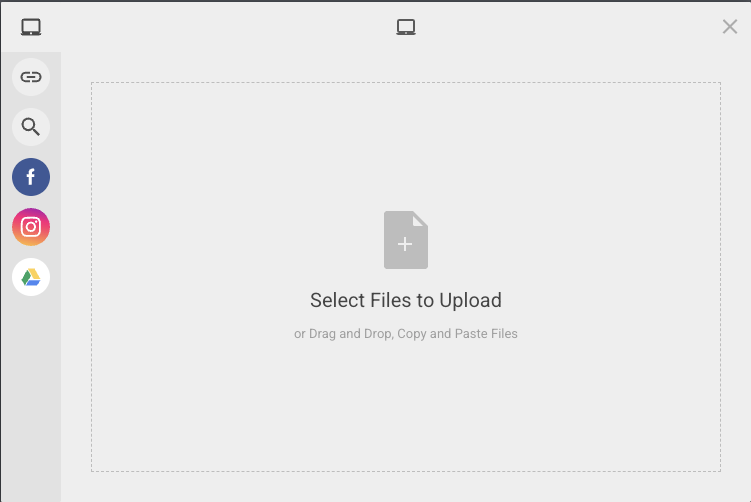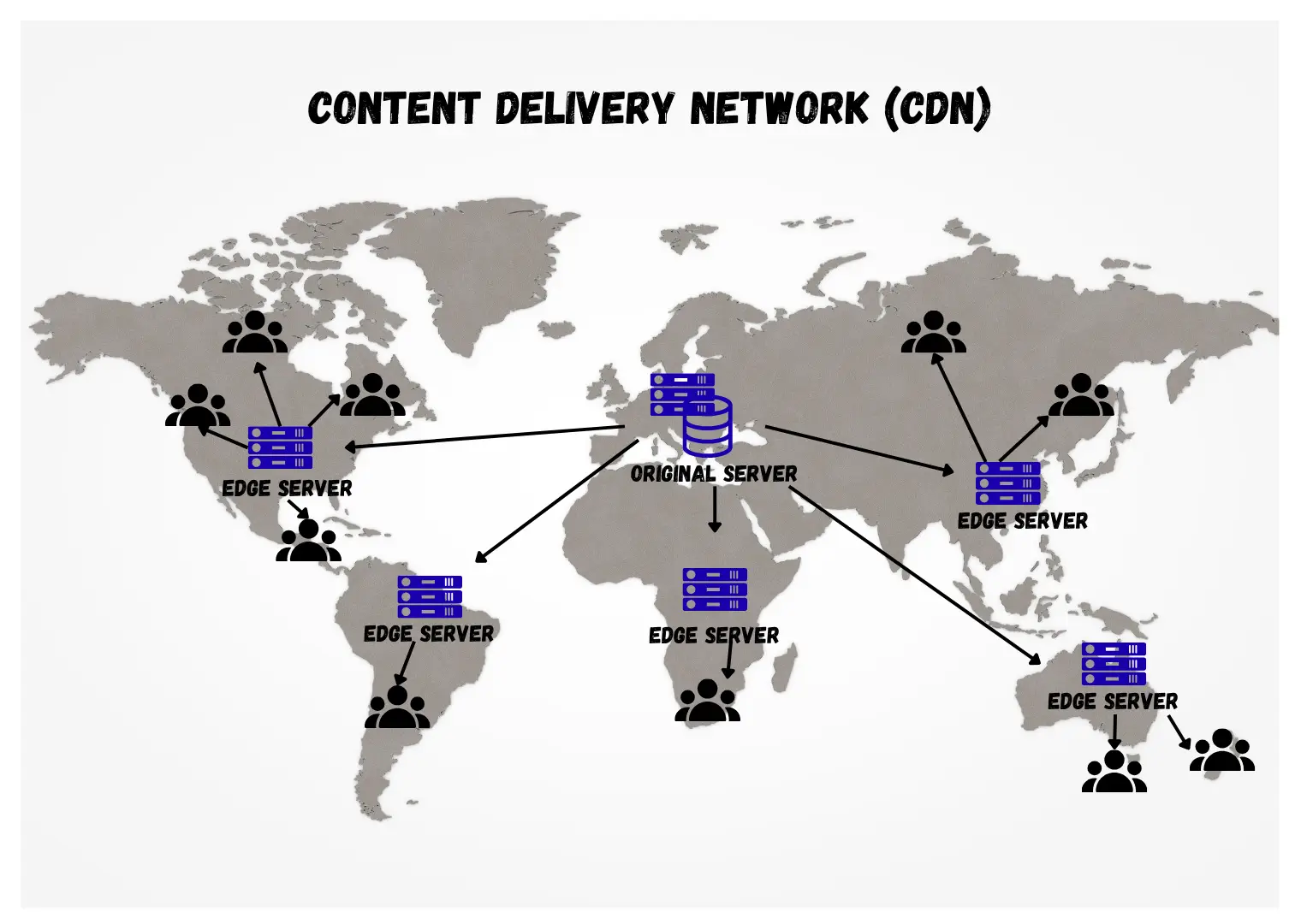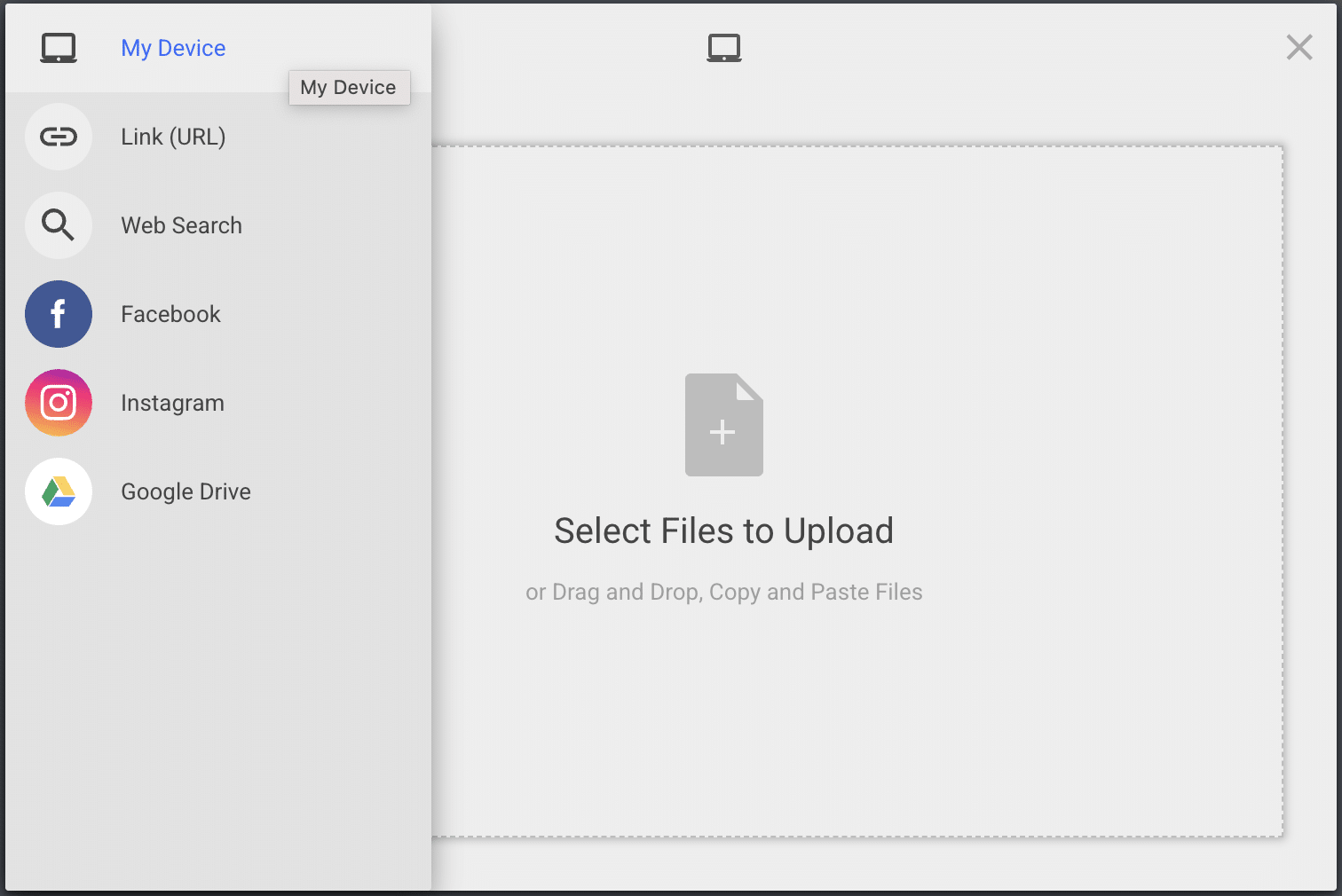File uploading sites serve as essential tools for maintaining secure digital communication. These platforms allow businesses to distribute contracts, creative professionals to exchange large media files, and students to work together on group assignments.
These platforms enable file uploading while offering storage and sharing functions online. Users don’t need technical expertise or complicated infrastructure. Modern file uploading solutions also provide advanced and user-friendly features like drag-and-drop interfaces, multi-platform compatibility, advanced security features, etc. They support both casual file sharing and enterprise-level collaboration.
The numerous available options create a challenge when selecting the appropriate platform. This article will discuss the essential features to consider when selecting the most suitable file uploading platform that matches your requirements.
Key takeaways
- File uploading sites are essential tools for personal, professional, and collaborative file sharing.
- Choosing the right platform impacts speed, security, usability, and compliance.
- Look for features like drag-and-drop uploaders, resumable file uploads, and file preview options.
- Prioritize platforms with strong privacy controls, including SSL encryption and password-protected links.
- Check for support of multiple file types and the ability to handle large or multiple file uploads.
- Integrations with tools like Google Drive, Dropbox, and CMS platforms can streamline workflows.
- Understand the retention policies and explore options with custom expiration settings.
- Avoid common mistakes such as relying only on free plans or ignoring file format support.
Why choosing the right file uploading site matters
The daily digital operations of people depend heavily on file uploading sites because they enable both personal file sharing, business collaboration, and content creation. Different platforms deliver distinct levels of performance alongside security measures and flexibility options.
The wrong selection of a platform results in slow upload speeds, restricted file sizes, and potential security threats, which become critical issues for businesses dealing with confidential information. Your selection of a file uploading site requires careful consideration because it must match your specific needs, regardless of whether you are a student, creator, or enterprise user.
The following section examines essential features that will guide your selection of a suitable file uploading site.
Top features to look for in file uploading sites
Choosing the right file uploading site starts with understanding the essential features that ensure speed, security, and a seamless user experience.
Ease of use & user interface
Any file uploading site requires a seamless user experience to be successful. Choose platforms that provide drag-and-drop uploaders, simple navigation, and no-signup upload options because these features are essential for casual file sharing and urgent situations.

Mobile responsiveness is another key factor. A good file uploading platform should work smoothly across desktops, tablets, and smartphones, ensuring you can upload and access files from any device without issues. The interface should be clear, accessible, and frustration-free whether you are working from a desktop or on the go.

Performance and reliability
A fast and reliable file uploading experience is non-negotiable—especially when uploading large files online or with tight deadlines. Users can experience uninterrupted file transfers on the best file uploading sites, which provide smooth performance with minimal interruptions.
Speed plays a major role. Top platforms offer high upload and download speeds, allowing you to move files quickly without long waits. Users who experience unstable internet connections or need to transfer large files require resumable upload capabilities. The feature enables users to pause their transfers while maintaining their current progress.
Reliable services enhance speed and reduce latency through Content Delivery Networks (CDNs) and distributed server infrastructure, which operate in the background.

Visual feedback elements such as progress bars and error messages provide users with continuous information during the upload process.
File size limits and storage capacity
When selecting a file uploading site, you should first verify the maximum upload size and frequency. The choice of platform depends on whether you need to upload high-resolution media or large documents, because some platforms offer extensive storage and generous file size limits. The free plans of some platforms enforce strict file size restrictions, which creates problems when users need to upload multiple files at once.
The majority of services establish different storage and upload restrictions between their free and paid user tiers. Free users can upload files up to 1–2 GB each, but premium plans enable users to upload files of 10 GB or more while providing additional cloud storage and faster upload speeds.
Security and privacy controls
Security stands as the number one factor to consider when selecting a file uploading site because it protects sensitive and confidential files. Users should select platforms that provide SSL encryption to safeguard file transfers and password-protected links with expiry settings for access management.
The advanced platforms conduct virus and malware scanning of uploaded files to prevent any potential threats to recipients. Two-factor authentication (2FA) and granular access controls work together to protect your data when files are shared between teams in collaborative environments.
Businesses need to follow compliance standards. The platform must adhere to GDPR and HIPAA regulations because these standards establish strict rules for privacy protection and secure file sharing and data handling.
File sharing and collaboration options
The best file uploading site enables users to share files efficiently through direct link sharing, regardless of whether they need to send one file or multiple files to a team. Users should look for platforms that enable instant file access through shareable links, which eliminate the need for complicated permission systems.
Teams benefit from advanced collaboration tools that include shared folders, version control, and commenting features to enhance workflow efficiency and minimize confusion during revision processes. These tools enable teams to work with the most recent file version, thus becoming essential for design teams, developers, content creators, and businesses handling joint projects.
The simplicity of sharing and collaboration leads to improved productivity in file management.
Support for large or multiple file uploads
Your file uploading site should make it easy to upload large files online and manage multiple uploads efficiently—especially when dealing with videos, design files, or data-heavy documents. The top platforms enable users to upload multiple files simultaneously through their feature, which prevents the upload process from slowing down.
The ability to pause and resume file transfers through resumable uploads proves essential because it saves users from restarting their uploads during internet interruptions or extended upload periods. Advanced platforms implement chunking as a technique to divide large files into smaller pieces, which results in more reliable and smoother upload processes.
These capabilities help overcome many common large file upload challenges, such as timeouts, browser crashes, or failed transfers.
Supported file types and formats
A versatile file uploading site needs to accept multiple file types to meet the diverse needs of its users. The platform needs to accept media files, documents, zip archives, and code files without any errors or file conversions.
The ability to support various file formats becomes essential for professionals who handle multiple file types because developers need to upload source files and designers need to share high-resolution assets. The number of supported formats directly determines how well a platform integrates with your existing workflow.
Retention policies and expiry settings
The duration of file storage is equally important to the file upload process. File uploading sites implement two different storage approaches by either setting automatic file deletion periods or providing extended storage options through their plans.
Users can manage file availability through custom expiration settings, which advanced platforms offer to their users. The feature proves useful for managing temporary projects, protecting confidential documents, and meeting compliance requirements. Review the platform’s retention policies before uploading important or urgent content.
Integrations with other tools
The best file uploading sites don’t operate in isolation—they work seamlessly with your existing tools. Look for platforms that integrate with popular cloud storage services like Google Drive, Dropbox, or OneDrive, making it easier to sync, back up, and organize files.

If you’re running a website or building custom applications, support for APIs, CMS plugins, and project management tools is a huge plus. These integrations allow you to embed uploaders, automate workflows, and enhance productivity without switching between platforms.
Pricing and plans
Pricing can vary significantly across file uploading platforms. Many offer free tiers with basic features, ideal for casual or one-time users. However, these often come with limitations such as lower file size caps, limited storage, or slower speeds.
Paid plans typically unlock advanced functionality—like larger uploads, custom branding, analytics, and priority support. The key is to find a solution that offers value for money and scalability, so it can grow alongside your needs, whether you’re a solo user or part of a larger team.
Bonus: nice-to-have features
The fundamental features of speed and security remain essential, but some file uploading sites provide additional features that improve the user experience.
The preview and thumbnail features enable users to see content without downloading it, which proves especially helpful for images, videos, and documents. The added feature of analytics provides valuable information about file activity through view counts, download statistics, and sharing metrics.
Businesses can use branding and customization options to modify the upload interface for visual identity consistency when they embed file upload tools on websites or client portals.
Mistakes to avoid when choosing a file upload site
Selecting the correct file uploading site requires more than convenience because it demands security, scalability, and smart decision-making. The following mistakes should be avoided when selecting a file uploading site:
Choosing based only on free storage:
The allure of free plans often comes with storage restrictions, file size limits, duration limitations, and speed restrictions. Check the platform’s actual capabilities before making any commitment.
Ignoring privacy settings:
The failure to implement security features such as password protection and access controls exposes your files and data to potential risks. Always review the platform’s privacy tools.
Not checking supported file types:
The platforms impose restrictions on which file types users can upload. The platform should support your frequently used specialized file formats (PSDs, code files, and large media) when you first start using it.
By avoiding these common mistakes, you will discover a solution that is both dependable and prepared for future needs.
Conclusion
Choosing an appropriate file uploading site enhances your ability to upload files and manage them effectively for solo creators, businesses of all sizes, and team members. The best platforms provide drag-and-drop file uploaders, resumable file uploads, secure file sharing, integration capabilities, and HIPAA-compliant privacy controls to meet diverse needs.
When evaluating options, you should select platforms that provide both user-friendly interfaces and adaptable features. Evaluate the performance capabilities, security measures, format compatibility, and platform scalability according to your usage levels. Choose a value that matches your current workflow and will continue to support your needs in the future, rather than just selecting free options.
Ready to find the best platform? Check out our comparison of the top file uploading sites in 2025.
FAQ
Q1: What is the best file uploading site?
The best file uploading site depends on your needs. Platforms like Filestack, WeTransfer, and Dropbox are popular for their speed, ease of use, and advanced features like resumable uploads and secure sharing.
Q2: Are file uploading sites secure?
Yes—if the platform uses features like SSL encryption, password-protected links, 2FA, and follows data privacy regulations such as GDPR or HIPAA, it can be very secure for personal and business use.
Q3: Can I upload large files for free?
Many file uploading sites offer free plans with limited file sizes—usually between 1–2 GB. For larger uploads, you may need to upgrade to a paid plan or use platforms that offer generous free tiers.
Q4: What’s the difference between file sharing and cloud storage?
File sharing focuses on quickly sending or distributing files to others, while cloud storage is designed for long-term storage, organization, and backup of files. Some platforms offer both.
Shamal is a seasoned Software Consultant, Digital Marketing & SEO Strategist, and educator with extensive hands-on experience in the latest web technologies and development. He is also an accomplished blog orchestrator, author, and editor. Shamal holds an MBA from London Metropolitan University, a Graduate Diploma in IT from the British Computer Society, and a professional certification from the Australian Computer Society.
Read More →
